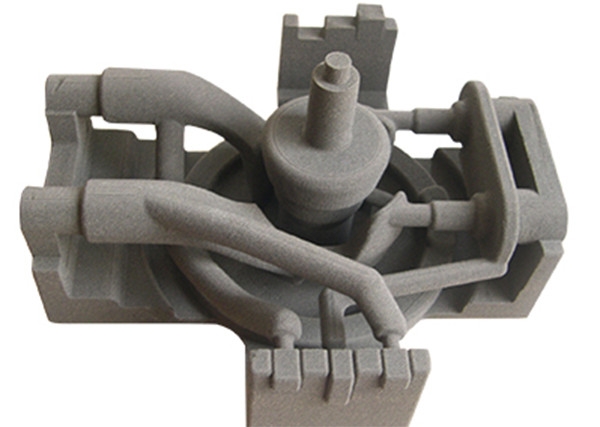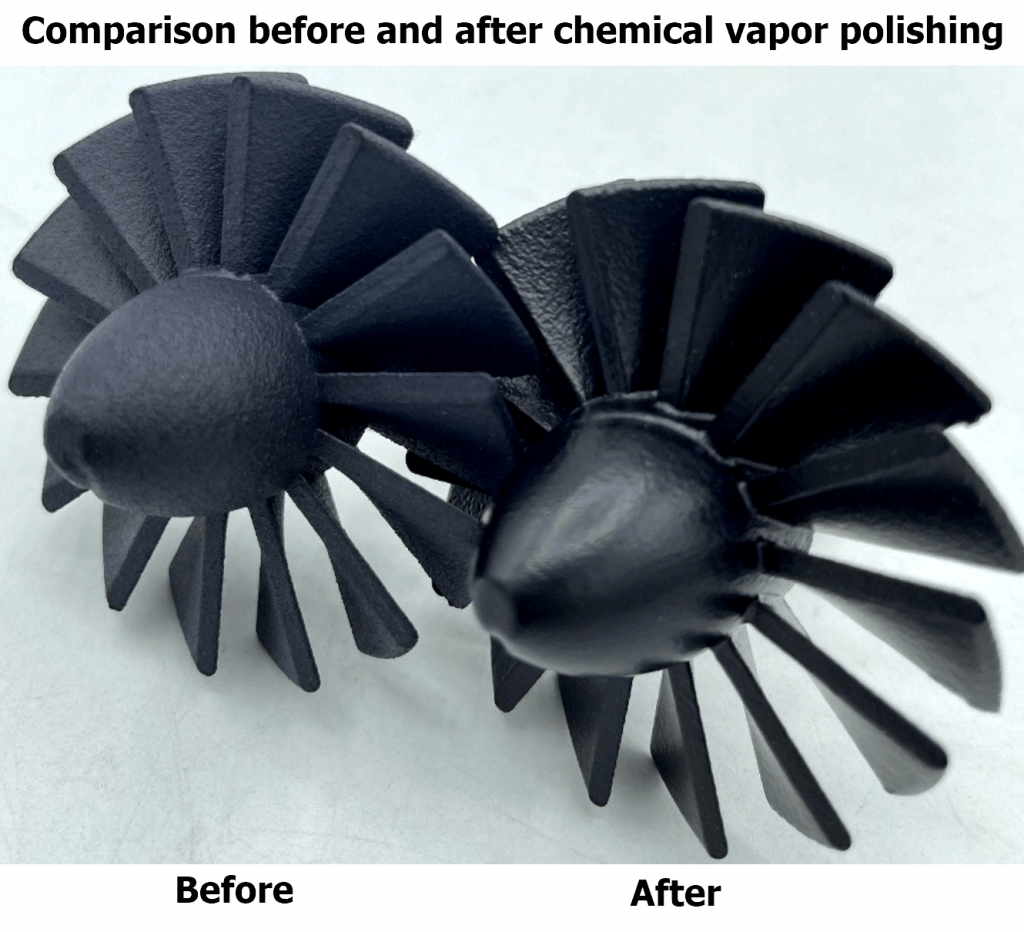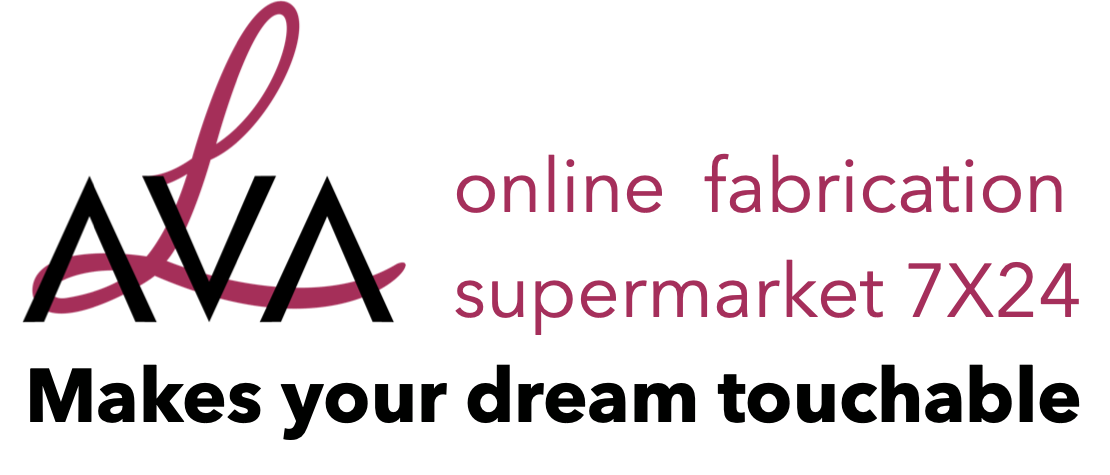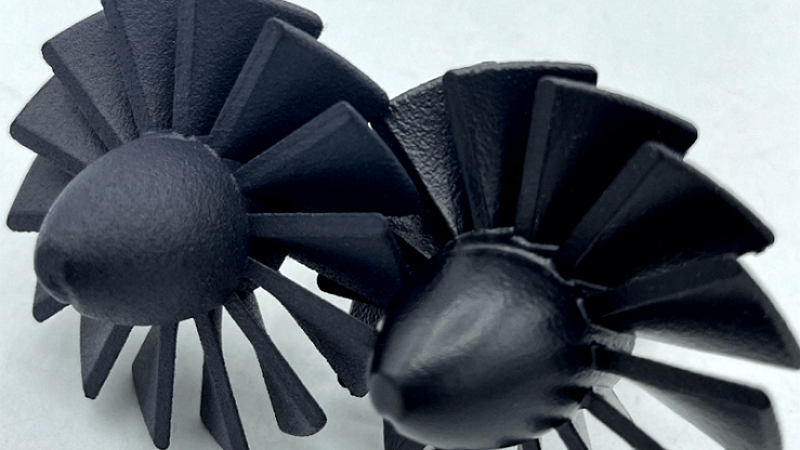SLS(Selective Laser Sintering) 3D printed parts have rough surface and grainy feeling, and cannot obtain the same smooth surface as injection molded parts or CNC machined parts, and are not as good as SLA(stereolithography)3D printed parts, which restricts their application.

If we want to make SLS 3D printed parts obtain better surface smoothness and glossy appearance, we usually use manual polishing and dyeing, but this method has its limitations:
- The structure of 3D printed parts is usually complicated. When there is an internal cavity or lattice structure, polishing is helpless;
- The manual polishing process requires high experience and technology for operators, and the labor cost of experienced operators is also higher;
- Manual polishing is time-consuming and laborious. A small number of customized products can be used in this way, but the efficiency requirements cannot be met at all during mass production.
Therefore, manufacturers have developed many polishing technologies to solve this problem, including chemical vapor polishing.
Chemical vapor polishing technology uses a special chemical solvent to fumigate the 3D printed parts in the processing bin after gasification, and the surface of the parts will dissolve. Due to the microscopic inconsistency of the surface, the microscopic convex parts on the surface will be dissolved preferentially, and Its dissolution rate is greater than that of the concave part; the surface of the dissolved liquid is affected by tension and has a tendency to shrink as much as possible, and the convex part will flow downward and concave, after solidification, a uniform and smooth surface will be produced. Finally, the solvent on the surface of the part will be evaporated and recovered again. There is no residual solvent on the surface of the part, leaving only the original material, and then the whole chemical vapor polishing process will be completed. In this way, we get fully polished parts.

The chemical vapor polished 3D printed parts have the following characteristics:
- Surface gloss becomes higher
After chemical vapor polishing of 3D printed parts, the most intuitive change is to remove the graininess of the surface, improve the gloss, from frosted texture to bright texture, smooth touch, more beautiful. - Surface smoothness is obviously improved
After chemical vapor polishing, it can effectively improve the smoothness of the surface of 3D printed parts. Using a microscope to observe the surface of the parts before and after treatment, we can see that the microscopic concave and convex parts of the surface are “smoothed”, the surface smoothness is greatly improved, and the surface is denser and smoother (the surface smoothness of the parts after fumigation and polishing can reach Ra0.7). - Improved mechanical properties
Thanks to the reduction of the surface roughness of the polished parts and the disappearance of the cracking points, the elongation at break of the parts is significantly improved, and the toughness of the thin-walled parts is also significantly enhanced, making it less prone to fracture. - Small impact on size
Chemical vapor polishing has little effect on the size of 3D printed parts. By measuring the size of the sample, the overall change does not exceed 0.4%, which can ensure that most of the size of the original model is within the tolerance range; for parts with higher requirements, It is also possible to reserve a machining allowance to ensure dimensional accuracy.
We can organically combine chemical vapor polishing technology with SLS 3D printing technology, which can improve the surface smoothness of SLS 3D printing parts, enhance mechanical properties, and achieve airtight and watertight, so that laser-sintered parts can also have the same The smooth appearance and partial performance similar to the injection molding process further expand the application scenario of SLS 3D printing technology, so that it can also make great efforts in the field of appearance verification, and the application in the field of functional verification and end use is deeper.

